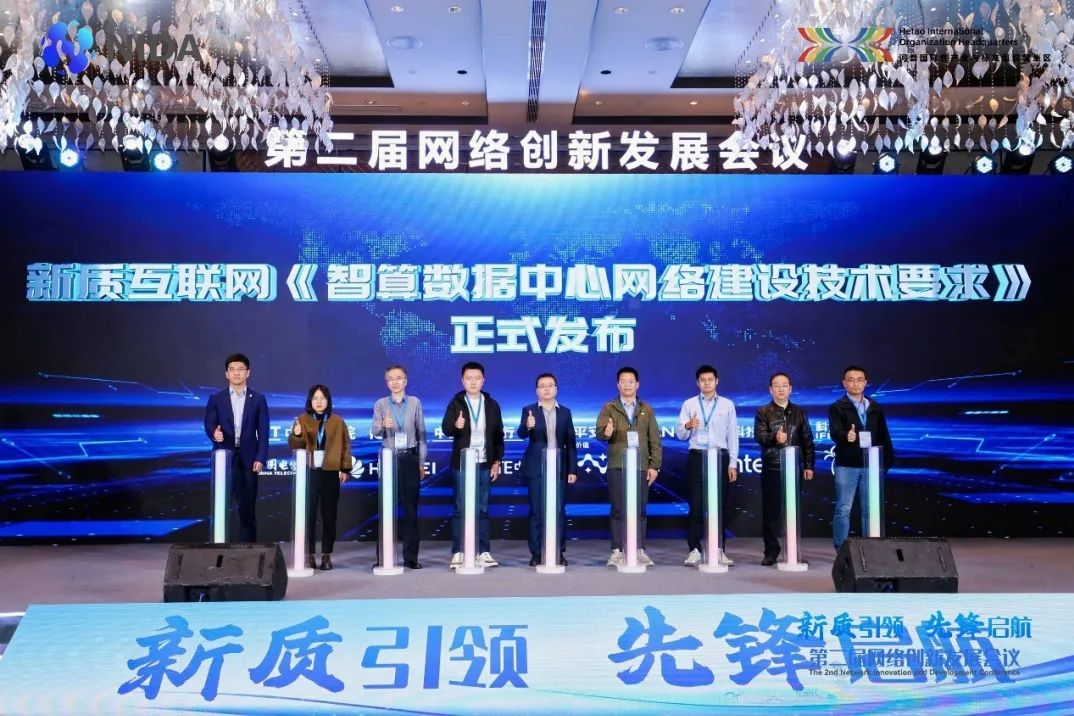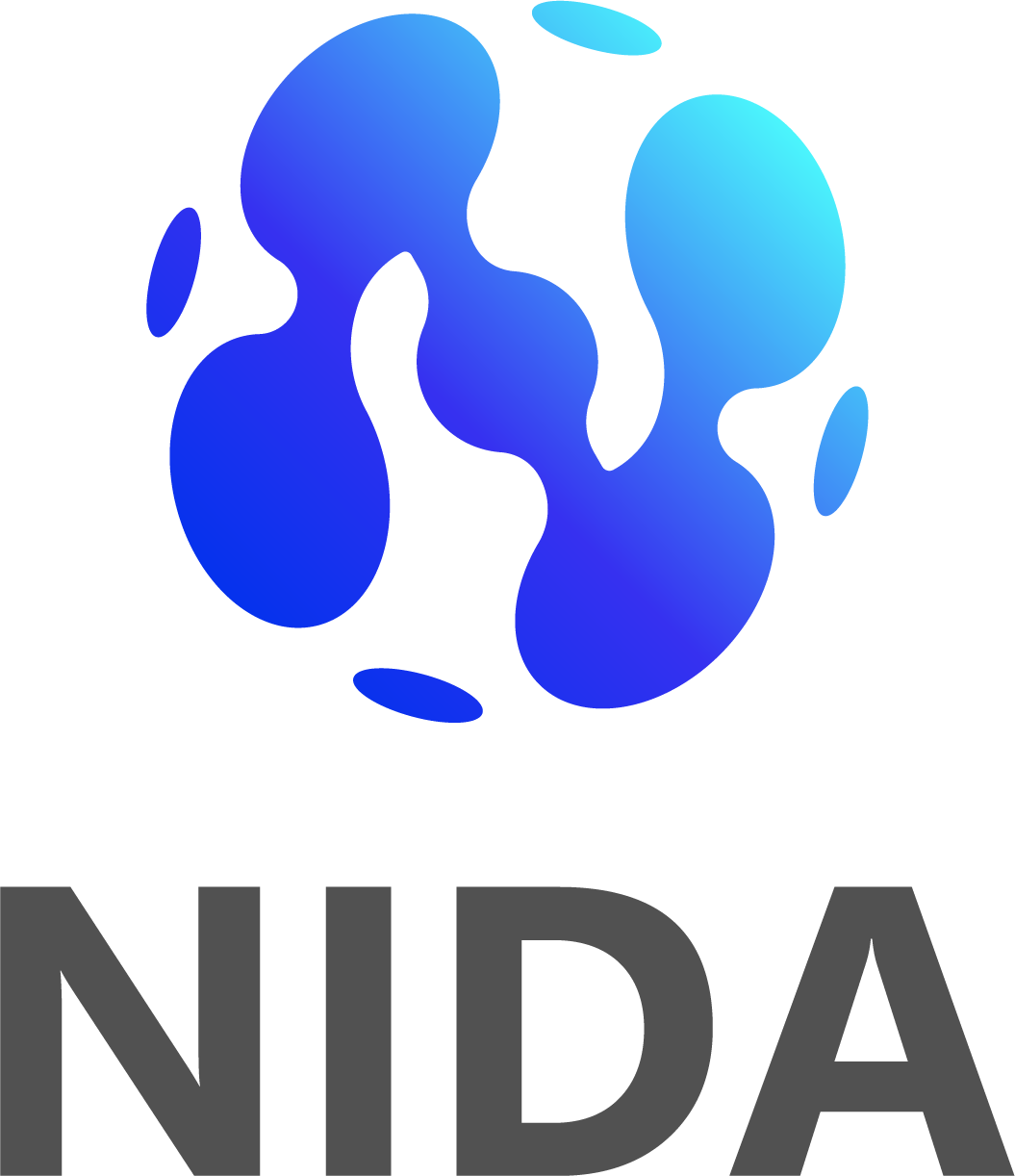NIDA Releases Technical Requirements for Intelligent Computing Data Center Network Construction to Promote Innovation and Upgrade of New Quality Internet
[Wuzhen, China, November 20, 2024] The 2nd Network Innovation and Development Conference with the theme of "New Quality Leads, Pioneers Set sail" was held in the famous international Internet town-Wuzhen. At the meeting, the Global Fixed Network Innovation Alliance (Network Innovation and Development Alliance) jointly released the Technical Requirements for Intelligent Computing Data Center Network Construction (hereinafter referred to as "Technical Requirements") with nine members including the China Institute of Information and Communications Technology. This document specifies the technical requirements and implementation standards for data center network construction in intelligent computing scenarios, and aims to accelerate the construction and industry upgrade of enterprise intelligent computing data center networks.

Release Site of Intelligent Computing Data Center Network Construction Technical Requirements
At the conference, Wang Shaopeng, deputy director of the Data Center Dept of the Cloud Computing and Big Data Research Institute of China Academy of Information and Communications, Wang Wuwei, president of the Data Center Networking Domain of Huawei Data Communication Product Line, Meng Zurui, Ping An Technology (Shenzhen) Co., Ltd., Bao Zhongshuai, iFLYTEK Co., Ltd., and Chen, China Telecom Research Institute Ying, Shao Huiyong of ZTE Corporation, Ma Guoqiang of Zhuhai Nebula Zhilian Technology Co., Ltd., and Hao Bin of Shenzhen Huaer Data Technology Co., Ltd. attended and participated in the release of Technical Requirements for Network Construction of Intelligent Computing Data Centers.
With the advent of the trillion-dollar model era, the intelligent computing data center is stepping into the new phase of 10,000 cards and 100,000 cards clustering. To meet the challenges of large-scale computing cluster interconnection, high communication efficiency transmission, and highly reliable network O&M, the technical requirements specify the key technical capabilities of intelligent computing network construction from multiple dimensions, such as network scale, communication efficiency, high availability, visualized O&M, fast deployment, security, and efficient openness. This document aims to promote standardization, evaluability, and scalability of intelligent computing data center networks through standardization. Technical requirements also emphasize that when selecting a parameter plane network architecture, enterprises should consider supporting large-scale networking, reducing network layers to reduce device overheads, and avoiding traffic detour to reduce routing complexity. Layer 2 flattened networking architectures such as DragonFly+ and Group-wise DragonFly+ are recommended.
Technical requirements provide standardized technical requirements and implementation standards for network construction of intelligent computing data centers. In the future, NIDA will continue to explore with industry partners such as the China Institute of Information and Communications Technology and Huawei, deepen research and innovation in the data center network field, promote intelligent network upgrade and intergenerational evolution, help customers and partners achieve business success, and create greater value for the industry.

